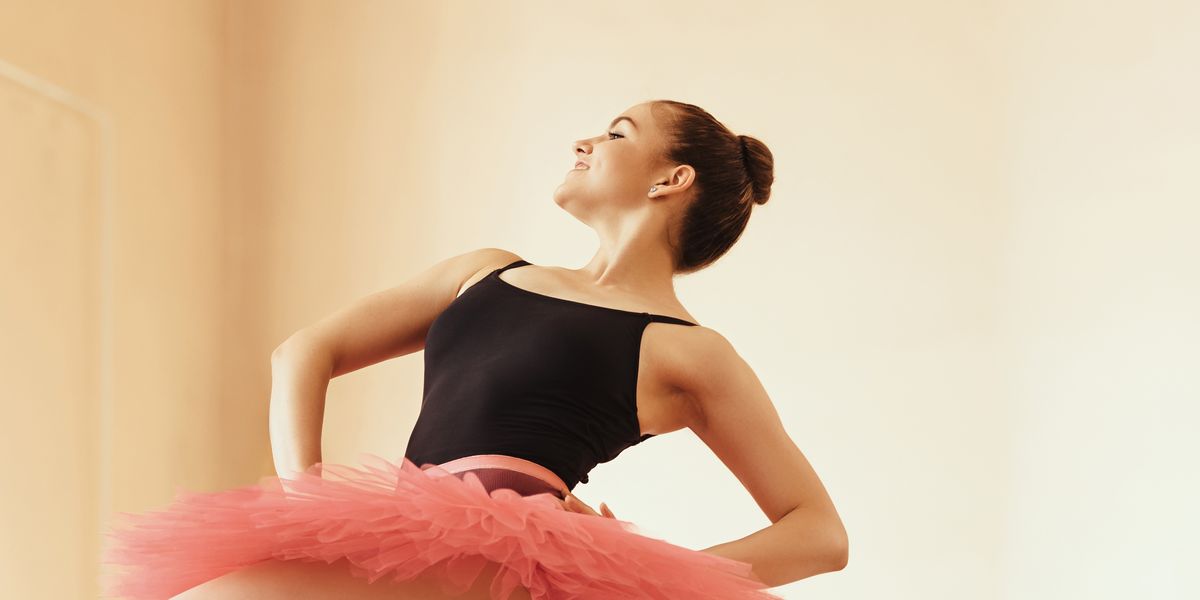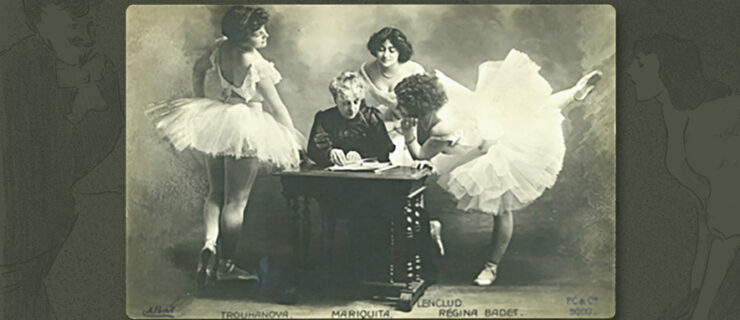Tips for Developing a Growth Mindset, and Why It Can Help You Become a Happier Dancer
“I was told when I was a young teenager that I had the worst pirouette my teacher had ever seen,” remembers New York City Ballet principal Lauren Lovette. The statement was made lightheartedly, and Lovette laughed at the time. “The whole class laughed, and I knew it was a bad pirouette,” she says, “but it still hurt.” These moments can quickly consume a dancer’s inner monologue, and Lovette could have concluded that she just isn’t a good turner, but she didn’t. Instead she told herself, “It may be the worst pirouette that my teacher has ever seen, but it is my pirouette and I am working on it. It will get better.”
Ballet dancers tend to see things in black and white. “I am good at jumping and bad at adagio,” for instance, or “I will be successful when I get accepted by x, y or z program or company.” This kind of rigid thinking is what mental health professionals often call a “fixed” mindset, and it could be hurting your development as a dancer and a person, as well as your mental well-being.
The good news is that a “growth” mindset—belief that your abilities will improve with time and effort—is a skill you can develop. By looking for opportunities for growth, rather than defining things as permanently good or bad, you will likely dance better and be happier doing it.
 Lauren Lovette in Jerome Robbins’ The Concert. Paul Kolnik, Courtesy NYCB
Lauren Lovette in Jerome Robbins’ The Concert. Paul Kolnik, Courtesy NYCB
What Is a Growth Mindset?
The concept of a “growth” versus a “fixed” mindset was popularized by the work of Carol Dweck, a psychologist and researcher at Stanford University. According to Sara Hickmann, a clinical and performance psychologist who presented at the U.S. Prix de Ballet earlier this year, a growth mindset believes that success and improvement come from persistence and effort, while a fixed mindset is focused on the outcome or the reward. “When you can adopt a growth mindset, your ability to be resilient and successful over time is much greater,” she says.
UK-based psychotherapist and former ballet dancer Terry Hyde notes that a fixed mindset is unconscious, and has a lot to do with what we learn as small children (for example, that we are good at ballet and bad at math). “Having a fixed mindset means creating anxiety when things don’t go right,” says Hyde. For example, a dancer with this mode of thinking may be completely derailed by an audition rejection and spiral into feelings that they are a terrible dancer. Conversely, someone with a growth mindset will reflect on what they learned or gained from the audition process, even if they aren’t accepted.

Focus on Attitude and Effort
When Hyde does workshops and therapy sessions with pre-profession-al and professional dancers, he uses the acronym “FEAR” (false evidence appearing real) to give them perspective on the anxiety a fixed mindset creates. When a rehearsal director snaps at you, it is unlikely that they “hate” you, and more likely that they are having a bad day and misdirecting it. Likewise, the subjective opinion of a director at an audition does not qualify you as a “bad” dancer if you are not selected.
To foster a growth mindset, says Hickmann, focus on two things you can control: effort and attitude. “We can increase our effort and change our attitude, and even if the outcome isn’t what we want, dancers are going to feel a deeper sense of meaning to what they are doing, and be more optimistic about what they are doing in general.”
One of the most effective ways we can adjust our attitude is by practicing positive self-talk (see the graphic above for some examples). When confronted with setbacks, speak to yourself the way you would to a dear friend—you wouldn’t tell her that she’s a bad dancer because she didn’t get cast, right? At its core, a growth mindset is dedicated to your belief in yourself and what you are capable of.
 Lovette rehearsing her ballet The Shaded Line with members of NYCB. Erin Baiano, Courtesy NYCB
Lovette rehearsing her ballet The Shaded Line with members of NYCB. Erin Baiano, Courtesy NYCB
Do Something New That Scares You
In 2008, while still a student at the School of American Ballet, Lovette signed herself up for a choreographic workshop for one reason: It scared her. “I was so afraid to put my name down because I didn’t know if I would be able to put anything out there,” she remembers. “That helped me discover something that I really love to do. But I didn’t know that I loved it. I didn’t have a vision of being a choreographer.” Lovette has since choreographed three works for the NYCB repertoire.
Hickmann says that Lovette’s leap of faith is exactly the kind of thing dancers should do to foster a growth mindset. “It shows that you are open to ways in which you are going to have to lean into fear, or incompetence, or frustration in learning something new,” she says. Your goal should not be to strike gold on a new skill like Lovette did with choreography (she has also tried bread baking, drawing and, during the pandemic, remodeling a house), but to keep learning. “Expose yourself to other activities where you don’t have those same expectations as in ballet,” says Hickmann. “Often that mindset, the need to win, will travel with you,” she adds. It takes practice to do something you are not prolific at and enjoy the learning process.
When Lovette speaks about her attitude, common themes emerge: growth, learning and gratitude. “I’ve held my career with a very open hand because you have to. It is not something that is ever sure,” she says. But Lovette has come to this mindset through hard work, as a lover of therapy and self-help books. “It is always about doing the best that I can in the phase that I am in. And as long as I am learning and growing, it is worth it.”






